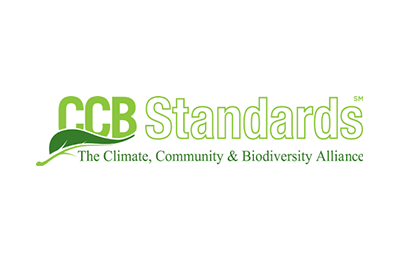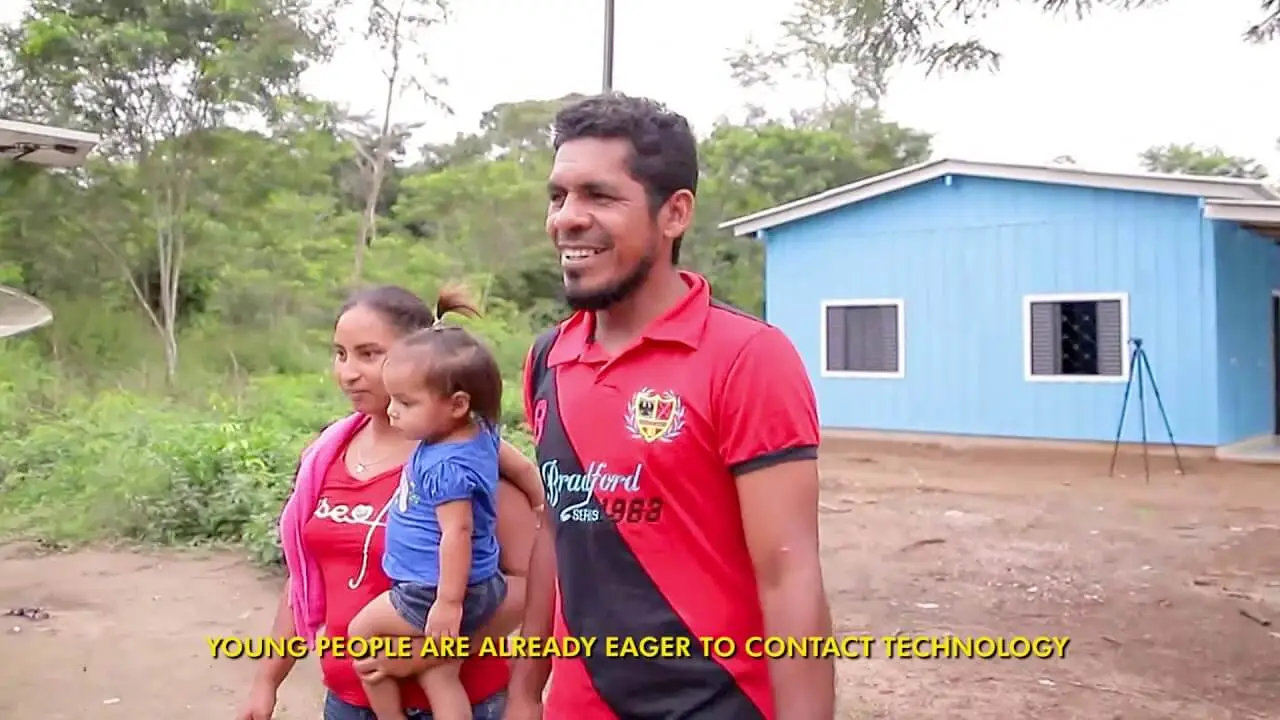This community-based project aims to protect a swath of the Amazon Rainforest in the Rio Preto-Jacundá Reserve in Brazil. By supporting sustainable forest use and providing economic opportunities through the responsible harvesting of non-timber products, the project enables local communities to earn a stable income while conserving biodiversity. To prevent illegal logging and agricultural expansion, the project employs satellite monitoring and patrols, helping curb unplanned deforestation in the Amazon’s “Arc of Deforestation.” The project also invests in essential services and infrastructure, making it more viable for traditional rubber tapper communities to remain in the reserve and act as forest stewards, safeguarding one of the planet’s critical carbon sinks.
Where & Why
The Amazon rainforest is one of the planet’s largest carbon sinks, absorbing one-fourth of all carbon sequestered by land ecosystems globally. This incredible capacity helps keep our climate stable by storing carbon that would otherwise remain in the atmosphere. However, parts of the Amazon have started releasing more carbon than they absorb due to deforestation. As deforestation leads to a warming planet and reduced rainfall, it becomes harder for the forest to absorb carbon – perpetuating a dangerous cycle. This troubling shift highlights the urgent need to protect the remaining forest and its carbon sequestration abilities.
The Amazon is teeming with life found nowhere else on Earth and a sanctuary for countless species. Among its most biodiverse regions is the “Rondônia Endemism Center,” one of the most important areas for bird endemism in South America and home to rare species like the white-breasted antbird. This region supports hundreds of plant and animal species, including the endangered black-faced spider monkey.
Within this biodiversity hotspot lies the Rio Preto-Jacundá State Extractive Reserve. This 235,000-acre (95,300-hectare) protected area was created in the Brazilian state of Rondônia in the 1990s to conserve the environment while allowing local communities to continue their traditional, sustainable use of forest resources. The reserve supports the livelihoods of rubber tappers who have lived there for decades, enabling them to maintain their way of life and act as guardians of the forest resources they depend on.
However, the communities’ efforts are under constant threat from illegal logging, cattle raching, farming, and mining. These external pressures lead to deforestation and infringe on the resource rights of the rubber tapper communities. The reserve lies within the Amazonian “Arc of Deforestation,” a crescent-shaped region in the Amazon rainforest where deforestation is occurring most rapidly. Rondônia alone lost over 10% of its primary forest cover between 2002 and 2012. These communities help defend the forest against destructive invaders by maintaining their presence and sustainable practices.
Yet life in the reserve comes with increasing challenges, putting the future of these communities – and the forest – at risk. Residents struggle with limited access to essential services like healthcare, education, and job opportunities, and traveling to cities for these needs is difficult and costly. Climate change compounds these challenges, as shifting weather patterns impact the availability of forest resources, disrupt subsistence farming, and increase the spread of diseases like malaria and dengue fever. With pressures mounting, residents are relocating to urban areas, leaving the reserve more vulnerable to encroachment and degradation.
How & Who
This ongoing community-based project aims to protect over 168,000 acres (68,000 hectares) within the Rio Preto-Jacundá reserve. Confronted with the challenge of preserving their forests and traditional livelihoods, the local community developed a multi-use management plan for sustainable use of the reserve. This project supports the plan to prevent the loss of approximately 50,000 acres (20,000 hectares), which would have devastating impacts on biodiversity, local communities, and the climate.
A central focus of the project is enhancing forest monitoring to combat illegal activities such as logging and land grabbing. By combining satellite tracking with on-the-ground patrols, the project can quickly identify deforestation and target high-risk areas more effectively. Any signs of deforestation are promptly reported to the government agency responsible for enforcement in the reserve, facilitating swift action to curb illegal activities.
To further protect the forest, the project promotes the sustainable production of non-timber forest products such as wild rubber, acai, cassava flour, and Brazil nuts. By creating responsible harvesting opportunities, the project enables local communities to earn a stable income directly from the forest, assigning economic value to conservation. Residents receive training in harvesting, marketing, and other essential skills, and a local processing center is planned to increase value-added production. Additionally, the project educates communities on responsible timber management practices based on the Forest Stewardship Council’s standards. To date, 130 community members – including 73 women – have enhanced their skills and knowledge through the project’s training programs.
The project also strengthens community ties to the forest by improving essential services, enhancing quality of life, and creating opportunities for growth. This makes it more appealing for communities to remain in the area, where their continued presence serves as a vital defense against deforestation. Project funds have been used to build two outpatient clinics, ensuring regular access to medical care, along with a medical lab dedicated to diagnosing diseases like malaria. The project also plans to train local health workers and raise awareness of hygiene and health practices to further support community well-being. Additionally, the project invests in infrastructure improvements, providing adequate housing and solar energy systems for homes to enhance living conditions. Computer classes have been offered, and a telecenter constructed to boost digital literacy and connectivity. The project intends to establish an educational center and facilitate access to distance learning opportunities.
In its first 11 years, the project has improved the lives of 30 traditional rubber tapper families and prevented 5,083 hectares of deforestation – safeguarding an area of forest equivalent to 9,499 football fields that would have otherwise been destroyed.
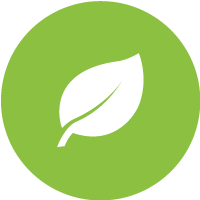
Environmental Benefits
- Mitigates climate change by avoiding deforestation.
- Protects a forest area and the biodiversity within
- Increases environmental awareness
- Provides clean, renewable energy

Community Benefits
- Expands income-generating opportunities
- Enhances infrastructure, housing, and sanitation
- Establishes educational facilities and broadens learning opportunities
- Increases access to healthcare services and promotes health awareness
- Protects traditional livelihoods and resources
- Increases energy access in remote communities
- Empowers women through skills development and inclusive decision-making
Project Type
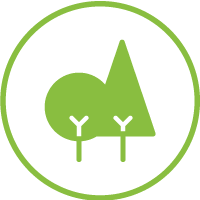
Forest
Location
Annual CO2 Reduction
228,930 metric tons CO2e (expected annual average for crediting period)
SDGs Supported
Verification Standard
Project Developers
Biofílica Investimentos Ambientais and Community Association of the Extractive Reserve Rio Preto-Jacundá (ASMOREX)
Project Documents

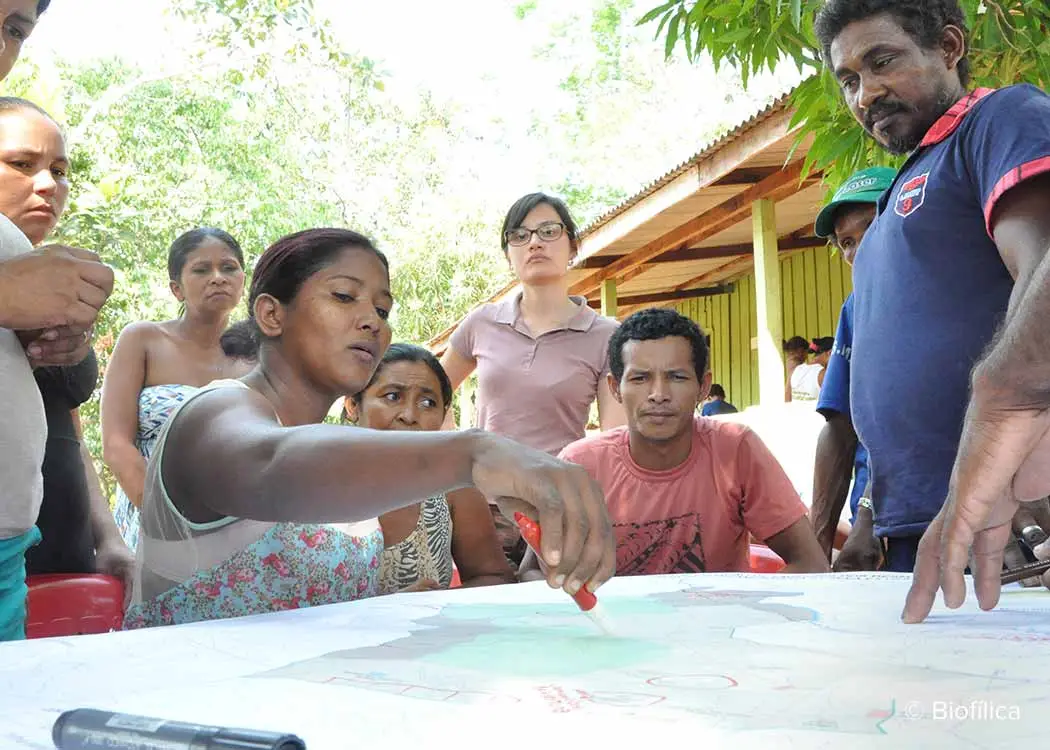
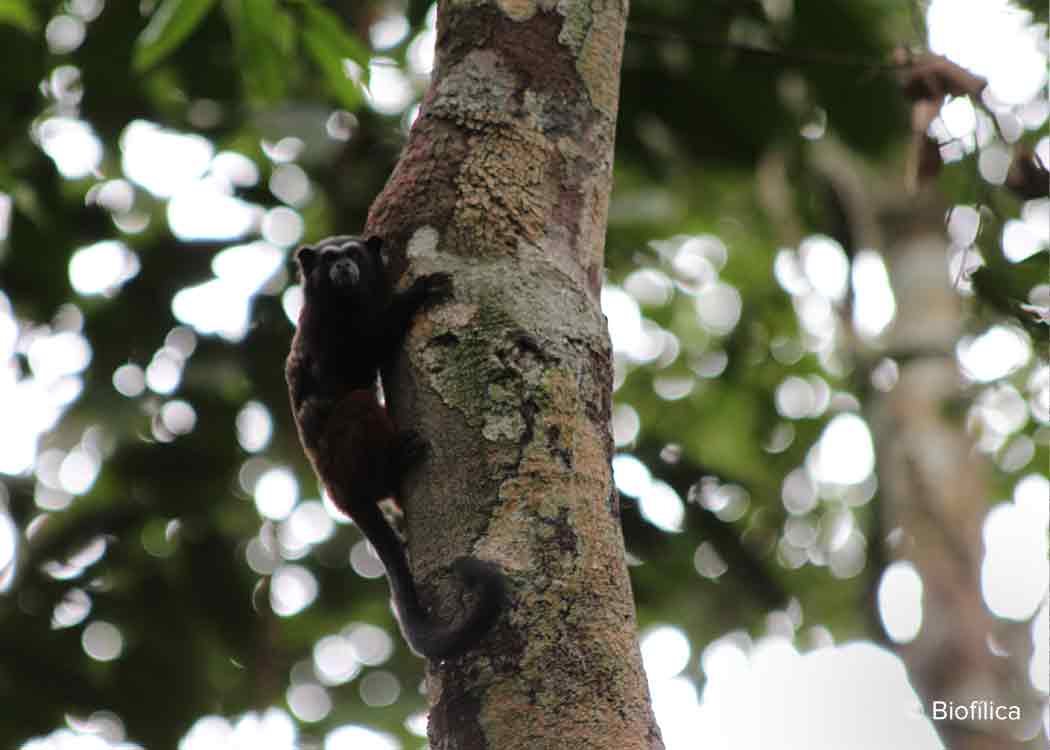
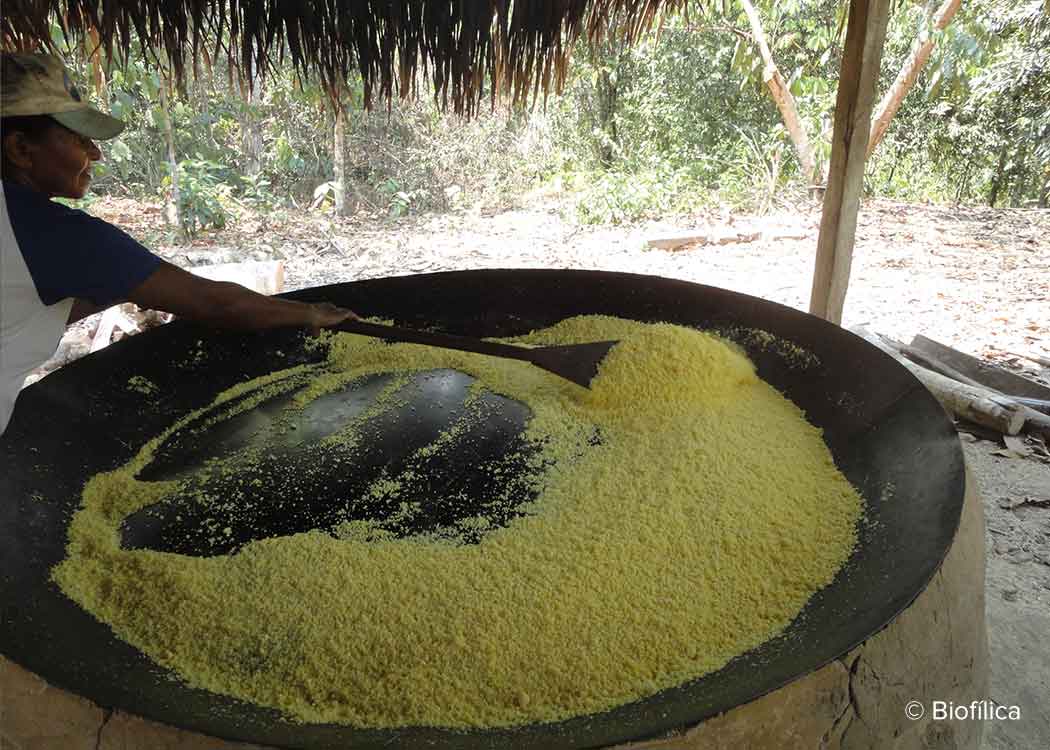
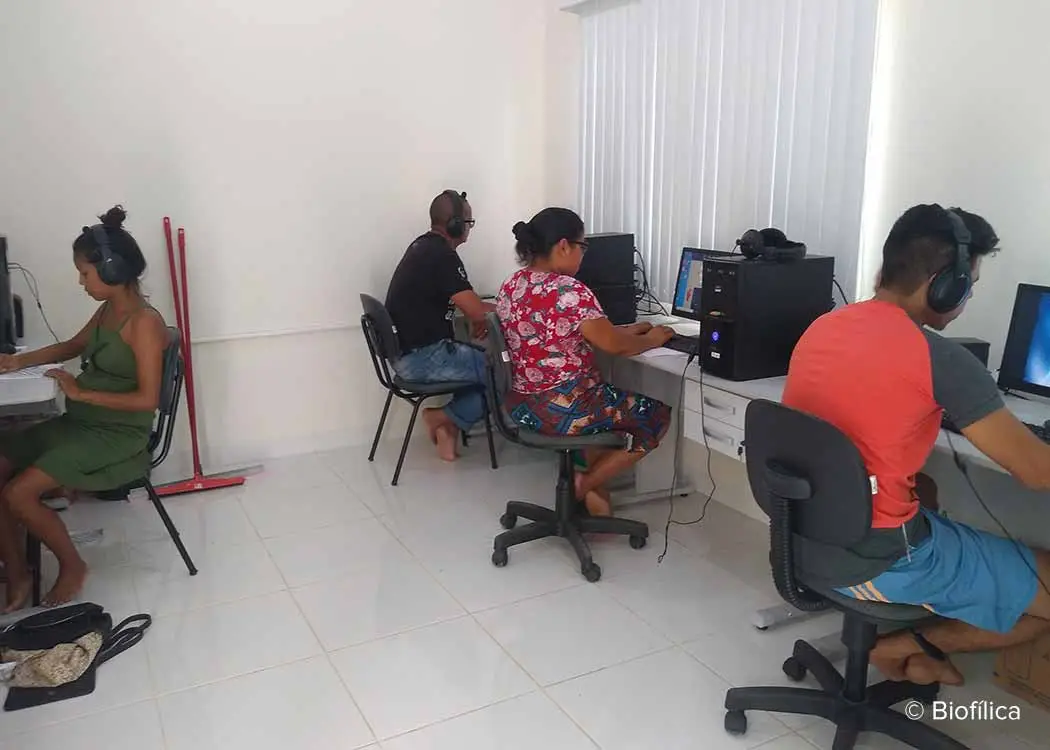
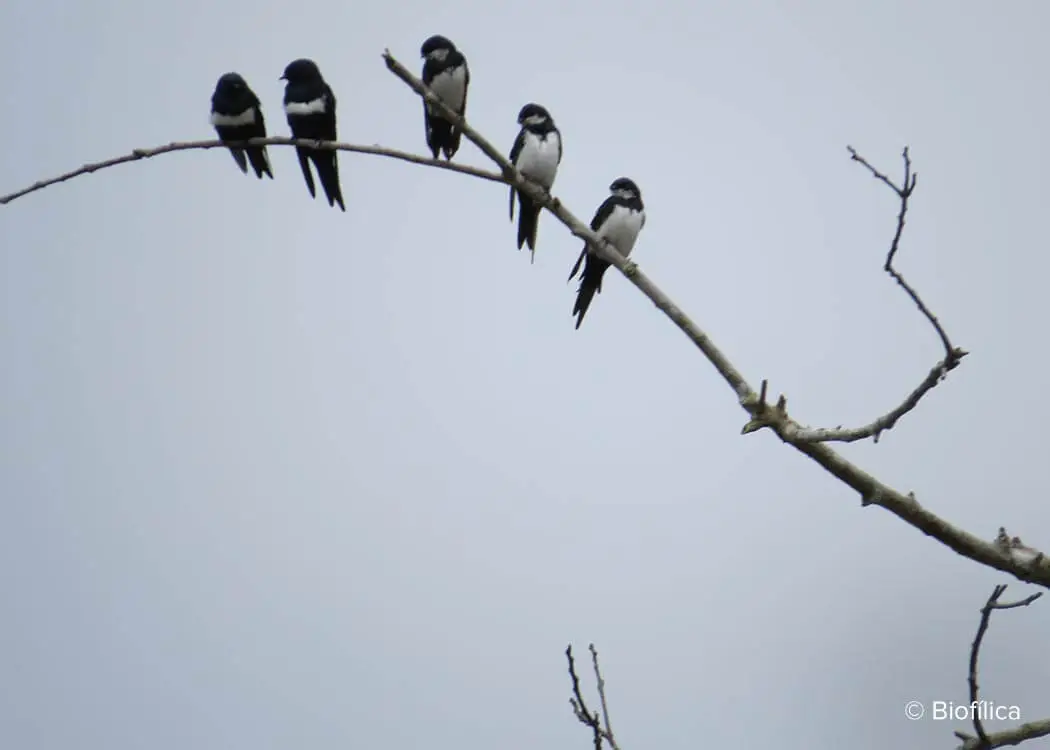
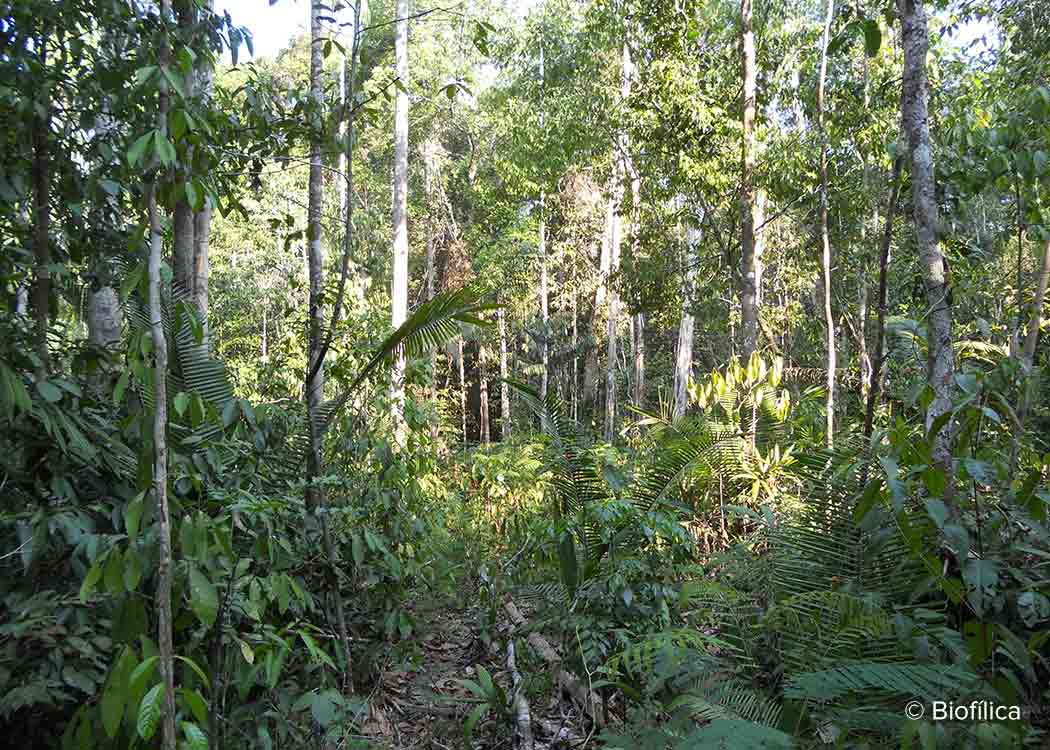
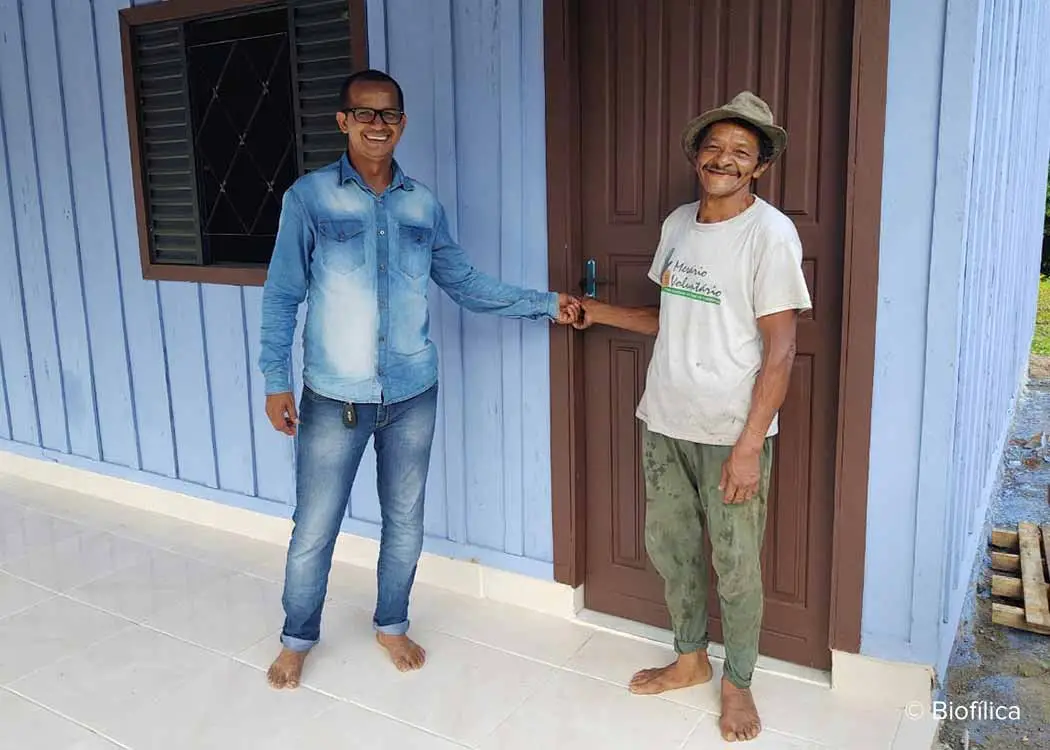
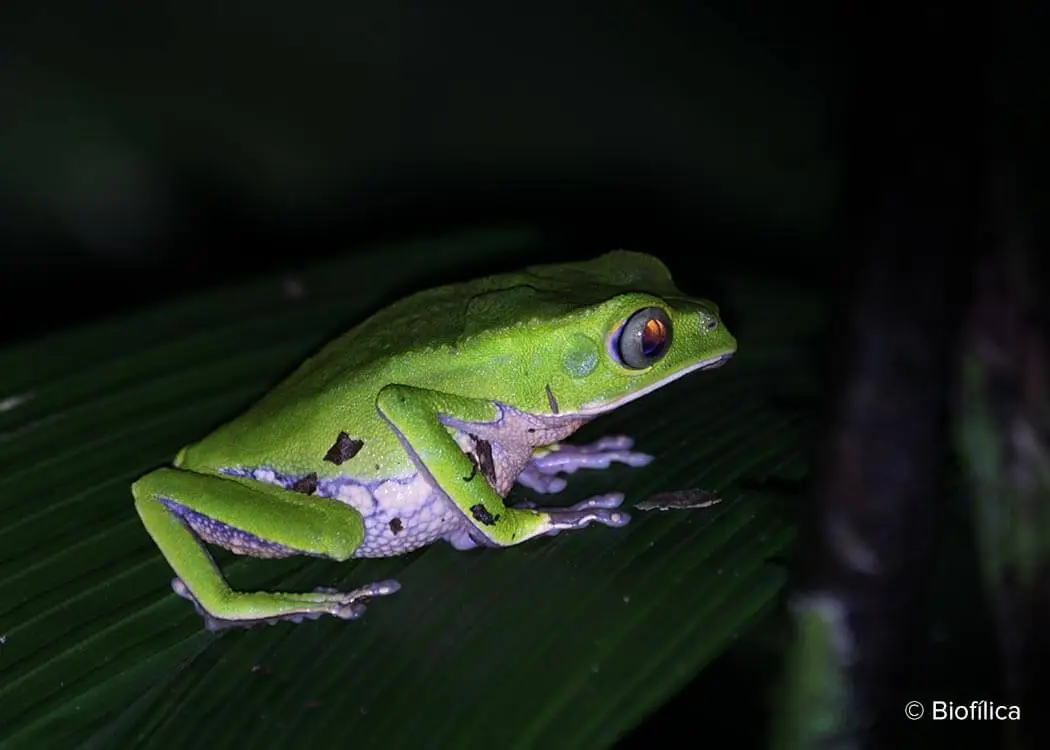
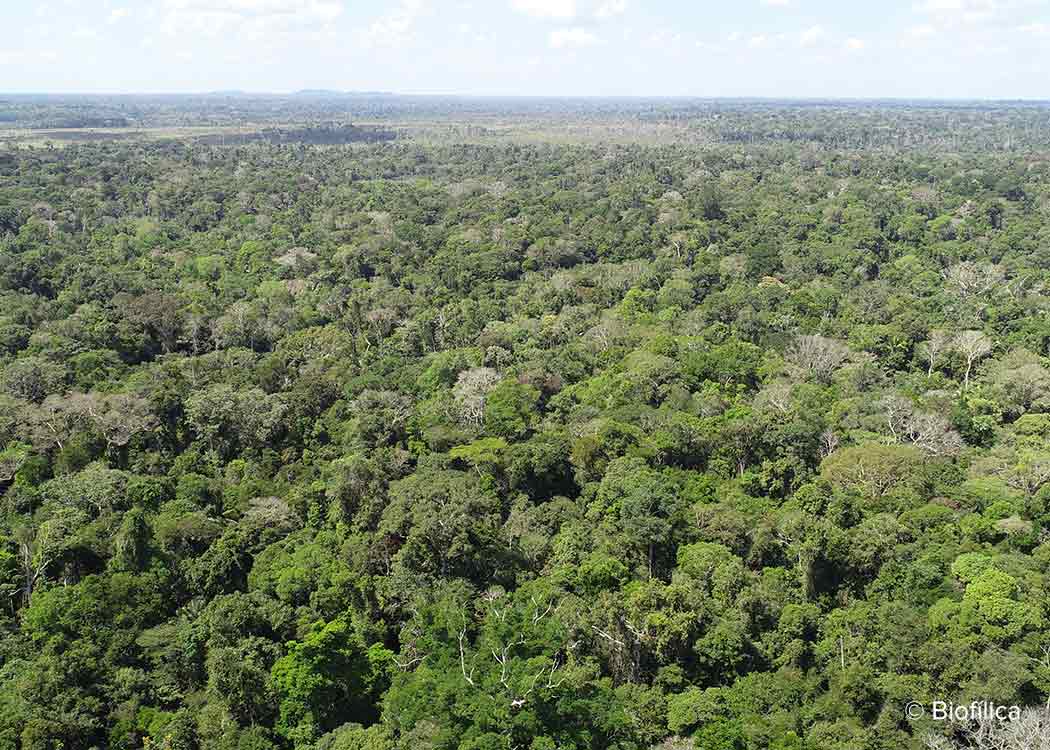
News & Stories
Offset Your Travel Footprint
Calculate and offset the carbon footprint of your flight in seconds via our online carbon calculator! Already know your carbon footprint? Click the option to “offset now.”









